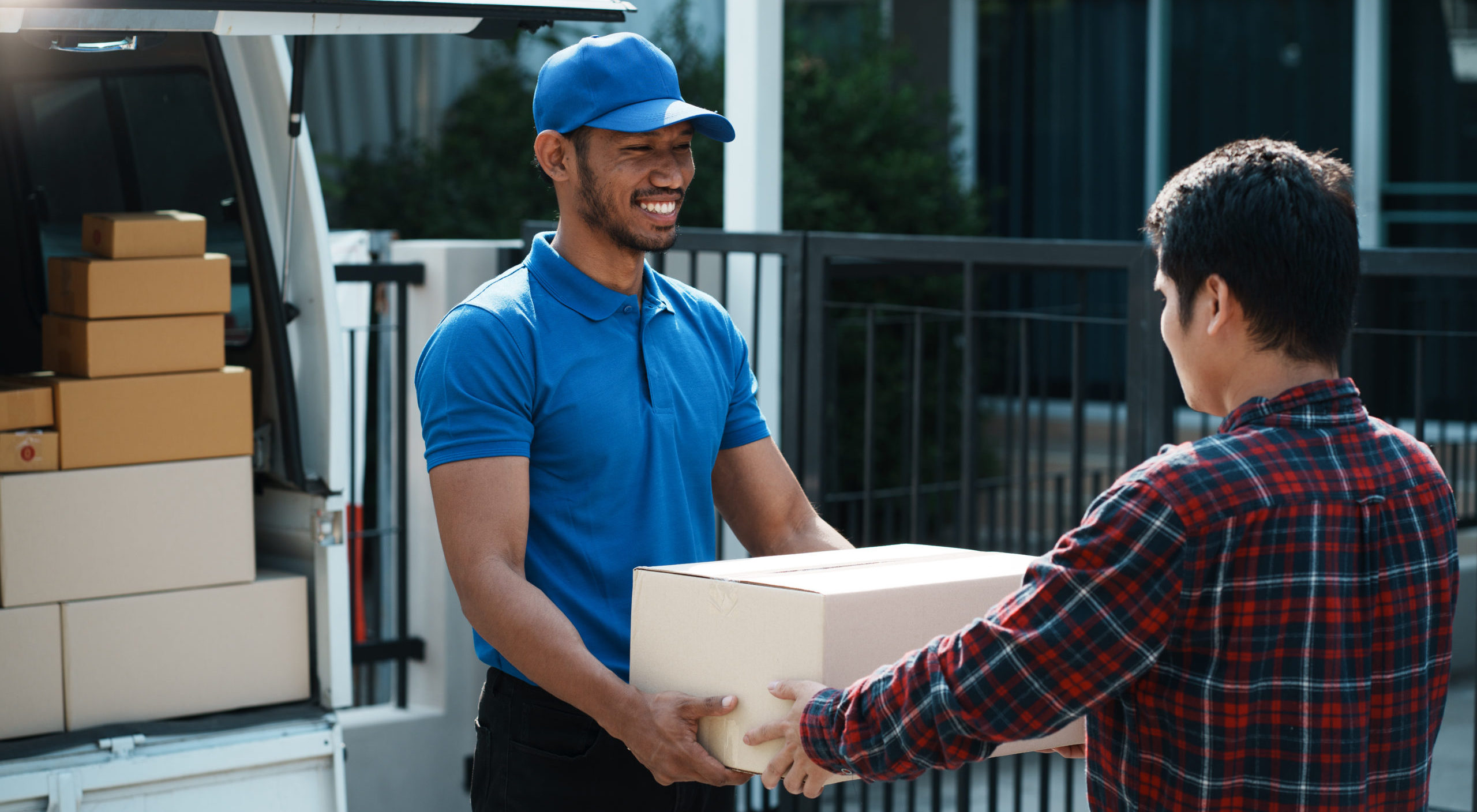Enhancing Last-Mile Delivery with Route Optimisation Software

In today’s logistics environment, last-mile delivery has become one of the most complex and costly stages of the supply chain. It’s the final step where goods are transported from a distribution hub to the customer’s doorstep—often the point where inefficiencies become most visible. With increasing demand for faster, more flexible delivery and rising environmental expectations, businesses are under pressure to enhance this final stage.
Navigating traffic congestion, rural access issues, and same-day delivery demands without the right technology is increasingly impractical. This is where route optimisation software, like MaxOptra, proves invaluable. It plays a crucial role in streamlining last-mile delivery, enabling businesses to meet customer expectations while keeping operational costs under control.
🔍 Why Last-Mile Delivery Demands Attention
The last mile can account for over 50% of a business’s total delivery costs, making it a focal point for operational improvement. It’s also the most visible element of the supply chain for customers. Delays, inaccurate ETAs, or missed time slots directly affect satisfaction levels and brand perception.
For industries including retail, wholesale, and field services, efficient last-mile delivery isn’t just a bonus—it’s essential. A poor delivery experience can quickly drive customers to competitors, whilst a smooth, timely delivery builds trust and loyalty. Investing in last-mile efficiency is a strategic move for long-term customer retention.
🧠 The Role of Route Optimisation in Last-Mile Delivery
Modern route optimisation software uses intelligent algorithms and real-time data to create highly efficient delivery routes. Unlike traditional static plans, these cloud-based solutions adapt to changing conditions on the ground—be it roadworks, cancellations, or traffic jams.
By aligning delivery schedules with real-world conditions, route planning platforms help logistics teams keep last-mile operations agile and customer-focused. This ability to pivot at speed is essential for businesses looking to maintain service levels and reduce delivery costs.
⚙️ Key Advantages for Last-Mile Operations
– Real-Time Route Adjustments
Unlike static next-day schedules, modern route planning software offers real-time route recalculations. Should a road closure, heavy traffic, or urgent delivery request arise, the system automatically recalculates routes. This ensures that the last mile remains fluid, responsive, and efficient—no matter what the day brings.
– Improved Customer Experience
Customers expect transparency during the delivery process. With accurate ETAs, live tracking links, and delivery notifications, businesses can offer customers greater visibility and control. This level of service is only possible when the last mile is underpinned by real-time route optimisation.
– Reduced Operational Costs
Route planning software helps to reduce unnecessary mileage and ensures better vehicle utilisation. Fewer miles driven means lower fuel consumption, reduced wear and tear, and decreased overtime costs. These efficiencies are especially significant in the context of last-mile delivery, where margins can be tight.
– Seamless Integration with Existing Systems
To support last-mile delivery at scale, route planning solutions often integrate with CRMs, ERPs, and telematics systems. This integration ensures delivery data, customer preferences, and real-time updates flow seamlessly, reducing manual input and enhancing accuracy.
📦 Real-World Last-Mile Scenarios
Imagine a typical delivery round starting at 8am with 12 drivers on the road. Mid-morning traffic builds, and a customer changes their preferred delivery time. Without dynamic planning tools, reshuffling routes would cause delays across the board.
With route optimisation software in place, last-mile adjustments can be made automatically. Drivers are updated via their mobile devices, delivery times are recalculated, and operations continue smoothly. This agility is crucial to maintaining a high standard of service in the last mile.
🚀 Elevating Last-Mile Delivery with Smart Solutions
– Scalable for Any Size of Operation
Whether your business runs five vehicles or five hundred, route optimisation software can scale accordingly. As delivery territories grow and service expectations rise, the software evolves with your operations—making it a reliable foundation for long-term last-mile delivery success.
– Complete Visibility & Control
Centralised dashboards give managers a clear, real-time overview of last-mile delivery performance. With live driver locations, alerts for missed stops, and instant issue flagging, logistics teams can stay proactive. Proof of delivery, timestamped logs, and digital records also simplify auditing and improve accountability.
– Strategic Insights Through Data
Beyond daily route planning, route optimisation tools provide valuable insights. Delivery heat maps, on-time performance stats, and driver productivity reports allow businesses to refine their last-mile strategies and respond to changing demand patterns.
– Supporting Sustainable Last-Mile Logistics
Reducing vehicle mileage not only cuts costs but also supports environmental goals. Route optimisation enables greener last-mile delivery through more efficient planning, fewer idle times, and reduced emissions. This is increasingly important for meeting both regulatory targets and consumer expectations.
– Effective Driver Communication
To keep last-mile deliveries on schedule, clear communication is key. Mobile apps linked to the planning platform provide real-time updates, navigation instructions, and delivery details. Drivers can also upload proof of delivery and report issues, keeping office teams fully in the loop.
🔮 The Future of Last-Mile Delivery
Innovation in route planning is ongoing, with machine learning and AI models driving further gains. From predictive traffic data to electric vehicle integrations, the technology supporting last-mile delivery is evolving rapidly.
By choosing a forward-thinking solution like MaxOptra, businesses can ensure their last-mile operations are ready to meet tomorrow’s demands. Regular updates and feature enhancements help companies stay agile, efficient, and competitive.
🛠️ Getting Started
Implementing a route optimisation solution begins with understanding your current delivery challenges. Providers typically offer onboarding support, from system configuration to training, helping businesses go live quickly and start improving last-mile performance from day one.
Whether upgrading from legacy tools or starting afresh, businesses that invest in route planning technology will be better positioned to deliver smarter, faster, and greener last-mile service.
🏁 Conclusion: Optimising the Final Mile
In a delivery landscape shaped by customer expectations, cost pressures, and sustainability goals, the last mile can make or break the logistics experience. Route optimisation software is a powerful tool for overcoming last-mile delivery challenges—boosting reliability, reducing cost, and increasing customer satisfaction.
By investing in smarter routing solutions, businesses can elevate the efficiency of their last-mile operations and create a delivery experience that supports long-term success.
Get in touch with our team to get the ball rolling on improving your last-mile delivery experience today.
❓FAQs
– How does route optimisation reduce last-mile delivery costs?
Route optimisation minimises unnecessary mileage, reduces fuel consumption, and improves vehicle usage—directly lowering last-mile delivery costs. Efficient routing also helps avoid overtime and maximises delivery capacity, contributing to overall cost savings.
– Why is route optimisation important for last-mile customer satisfaction?
Customers value accurate delivery windows and real-time tracking. Route optimisation enables businesses to meet these expectations by providing reliable ETAs, proactive updates, and smooth last-mile execution. This improves trust and boosts customer retention.
– Can route optimisation software support sustainable last-mile delivery?
Yes. Efficient route planning leads to fewer miles driven and less idling, which means lower emissions and reduced fuel use. For businesses looking to operate more sustainably, route optimisation is a key part of greener last-mile logistics.
– What last-mile delivery challenges does route optimisation solve in cities?
Urban areas pose issues such as congestion, limited parking, and delivery time restrictions. Route optimisation software addresses these by calculating efficient urban routes, and considering traffic patterns and regulations to ensure timely last-mile deliveries.
– How does real-time data improve last-mile delivery performance?
Real-time data enables instant route updates in response to traffic, delays, or cancellations. This flexibility ensures that last-mile delivery remains on schedule, reducing delays and maintaining service levels even when conditions change unexpectedly.
Maxoptra System
© MaxOptra, 2023. Privacy Policy and Cookies



